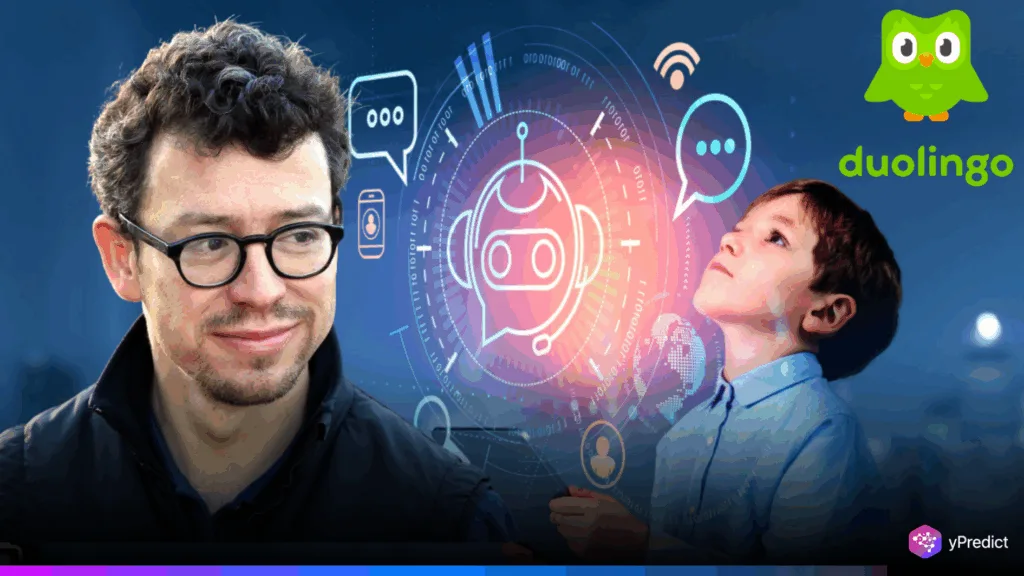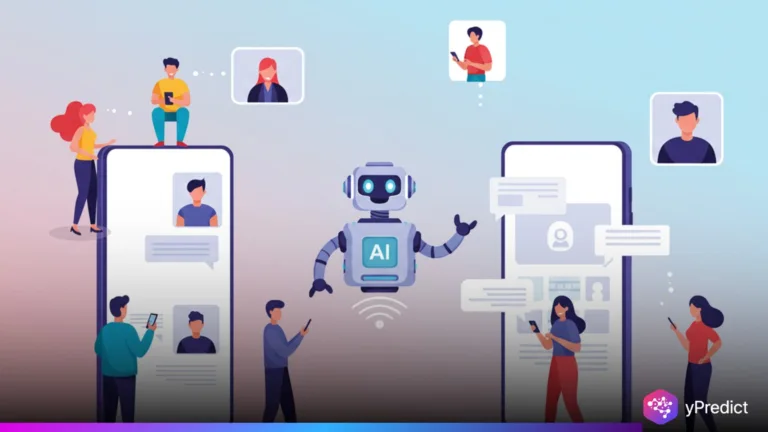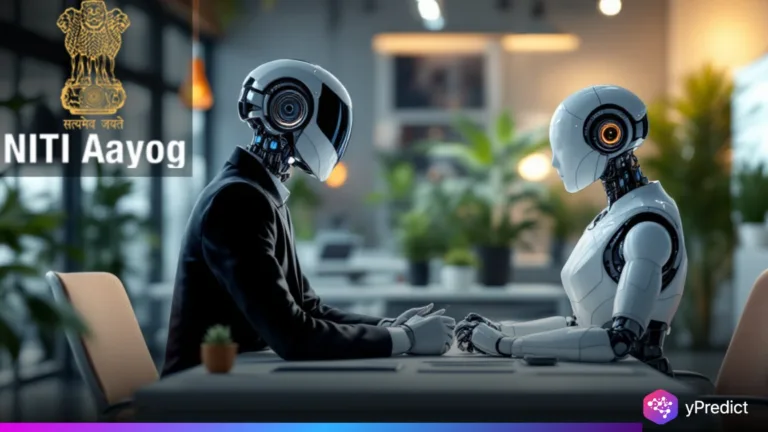
Luis von Ahn, CEO of Duolingo, envisions a future where artificial intelligence becomes the primary educator, while traditional schools shift toward offering childcare and supervision. In a recent episode of the No Priors podcast, von Ahn shared his belief that AI in education will eventually become far more scalable and effective than human-led teaching models.
Personalized Learning with AI Is the Future
Von Ahn explained that AI can monitor student progress in real time and adapt lessons to student strengths and weaknesses. He explained how AI would not suffer from the limitations of a standard classroom where 1 teacher often attempts to manage 30 students with little opportunity to focus on student needs or differences.
In this AI-based education structure, a student would be engaging in personalized lessons – similar to a model that Renauld and I would have described as using Duolingo to learn the language, while always having human teachers as supervisors, mentors, or people who support emotional needs.
Slow but Steady Shift Due to Regulation and Culture
Although there could be positives, von Ahn acknowledges that education is often slow to adapt. Institutional barriers, existing systems, and ingrained cultural attitudes toward schooling may increase the time frame for meaningful, widespread, and scalable adoption of these AI-driven alternatives to education.
Still, countries where a shortage of teachers exists or where the need for scalable educational solutions is critical may bring these new tools to market more quickly. The CEO anticipates this transition is inevitable, particularly in areas with few resources, where AI can play a vital role in
Conclusion
Although von Ahn doesn’t see the complete removal of teacher employment, the nature of their doing may change. AI will be doing the heavy lifting of instruction, and teachers could then be more facilitators managing student engagement and student mental management. While a radical shift, this future is plausible and worth consideration from educators, parents, and policymakers.






